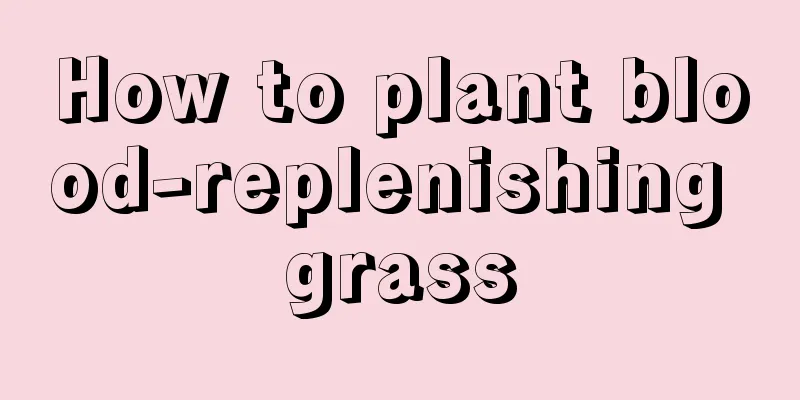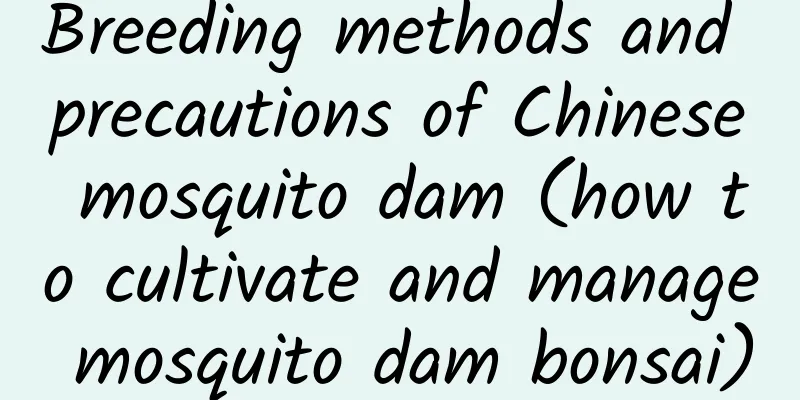Three major propagation methods of purple-leaf dwarf cherry

Cutting propagationCutting mediumThe cutting medium for purple-leaf dwarf cherry can be made of vermiculite powder, perlite and peat soil in a ratio of 2:1:1. It should be noted that the three are not mixed directly, but the peat soil is spread first, and then the other two are evenly mixed in proportion and spread on top of the peat soil. In addition, the cutting medium must be loose and breathable, suitable for plant growth. Selection and preservation of cuttingsThe branches used for cuttings are branches between 10 and 12 cm long cut from the sturdy mother branches of purple-leaf dwarf cherry (each branch is guaranteed to have four or five bud nodes). After cutting, they should be kept in a cool and humid place, or wrapped in something moist and stored. Processing of cuttingsCut a 45° oblique incision close to the back of the bud 2 cm away from the upper end of the cutting, and then soak the cutting in naphthaleneacetic acid solution or rooting powder solution for a period of time, preferably 30 to 60 minutes. CuttingsThe insertion depth should be greater than one-third and less than one-half of the length of the cuttings. The spacing is generally between 2.5 cm and 3.5 cm. After cuttings, the cutting medium should be watered thoroughly. GraftingSelection of rootstockThe rootstocks for grafting purple-leaf dwarf cherry can be wild peach or wild apricot. The rootstock must be free of diseases and pests, have strong affinity, and should have grown for one to two years. Grafting Purple Leaf Dwarf Cherry by Branch GraftingBud grafting is generally not used for purple-leaf dwarf cherry grafting. The scion is cut into a duckbill shape and four or five buds are retained. The length of the scion is generally between 8 and 10 cm. The scion is tightly combined with the cambium of the rootstock 5 cm above the ground and the interface is tied with plastic strips. Moisturize after grafting is completed. High branch layering propagationSelection of branchesThe mother branches are also strong, but the thickness requirement is between 1 and 2.5 cm.
|
>>: Cuttings of Purple-Leafed Dwarf Cherry
Recommend
How to plant golden thread vine?
Golden thread vine , belonging to the orchid fami...
How to prolong the viewing period of Green Yuanbao
How to prolong the viewing period of green ingots...
How to propagate dianthus and what to pay attention to
How to reproduce dianthus There are three common ...
Can jasmine be planted in the yard?
Can I grow jasmine in my yard? Jasmine can be pla...
How long does it take for Marcus leaf cuttings to germinate
How long does it take for Marcus leaf cuttings to...
What are the propagation methods of lily bamboo?
How to propagate lily bamboo Seed propagation If ...
How to water orchids in winter?
Orchids are loved by flower lovers for their nume...
How many days does it take for the goldfish plant to grow roots in water culture? How can it grow faster?
1. How many days does it take to take root? It us...
How to plant grapes effectively? Simple grape cultivation techniques and methods
When planting grape vines, you must choose the ri...
How to propagate Begonia
1. Division method It is usually carried out in e...
What does snow lotus symbolize?
1. Meaning Snow lotus is a very noble plant. It h...
How to grow red baby's breath potted plants
1. Breeding methods 1. Soil: For better growth of...
How to propagate juniper
Reproduction method Cuttings Juniper can be propa...
Does the dragon beard tree like sunlight? Does it like light or shade?
Does the dragon beard tree like sunlight? The dra...
How to grow Dendrobium officinale so that it blooms out of the pot?
Dendrobium candidum , also called butterfly dendr...









